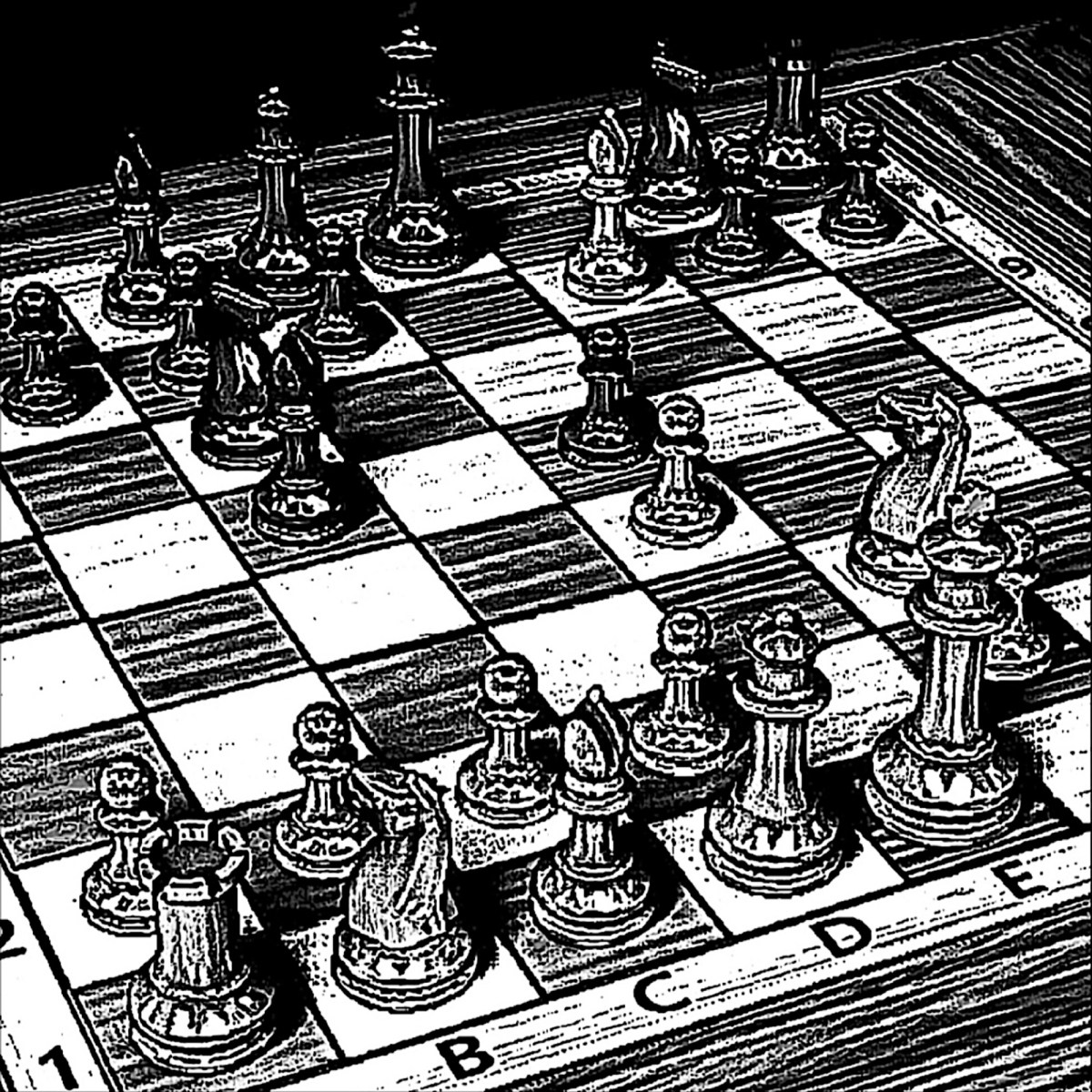
Chess journalist Julius du Mont (12/15/1881 – 4/7/1956) wrote of the Jerome Gambit (1.e4 e5 2.Nf3 Nc6 3.Bc4 Bc5 4.Bxf7+) that it “is unsound, but has the saving grace of leading to a lively game and is therefore suitable for an occasional friendly game.” Du Mont was the Editor of British Chess Magazine and authored 10 or so newspaper columns and books including co-authoring (with Tartakower) 500 Master Games of Chess so his opinion on chess openings was definitely an informed one.

Recently, I found myself playing a “friendly game” with a young player in the skittles room at the US Amateur Team West Chess Championship. I seized upon this opportunity to showcase the Jerome Gambit and enjoyed watching my opponent’s eyes light up when I sacrificed two pieces within the first five moves! He, in turn, surprised me by initiating his own piece sacrifice with 7… Bxf2+. We played a lively game until my young opponent needed to run off to his next round. Unfortunately, I broke Rule 1 for friendly games by not remembering the name of my opponent. I had also promised this unnamed player the chance to analyze our game upon completion and to show him the best defenses to the Jerome Gambit. He seemed eager to accept my offer so I am hoping that he will read this post and I can fulfill that promise.

[Event “Friendly Game”]
[Site “Milpitas, Ca”]
[Date “2/17/2024”]
[Round “Skittles”]
[White “Chris Torres”]
[Black “unknown”]
[Result “1-0”]
1.e4 e5 2.Nf3 Nc6 3.Bc4 Bc5 4.Bxf7+ Kxf7 5.Nxe5+ Nxe5 6.Qh5+ g6 7.Qxe5 Bxf2+
8.Kxf2 Qh4+ 9.g3 Qf6+ 10.Qxf6+ Nxf6 11.Rf1 Nxe4+ 12.Kg1+ Kg7 13.b3 Rf8 14.Bb2+
Kg8 15.Rxf8+ Kxf8 16.d3 Nd6 17.Ba3 b6 18.Nc3 Bb7 19.Nb5 Ke7 20.Nxc7 Rf8 21.Nb5
Rf6 22.Nxd6 Rxd6 23.Re1+ Kf6 24.Bxd6
*








